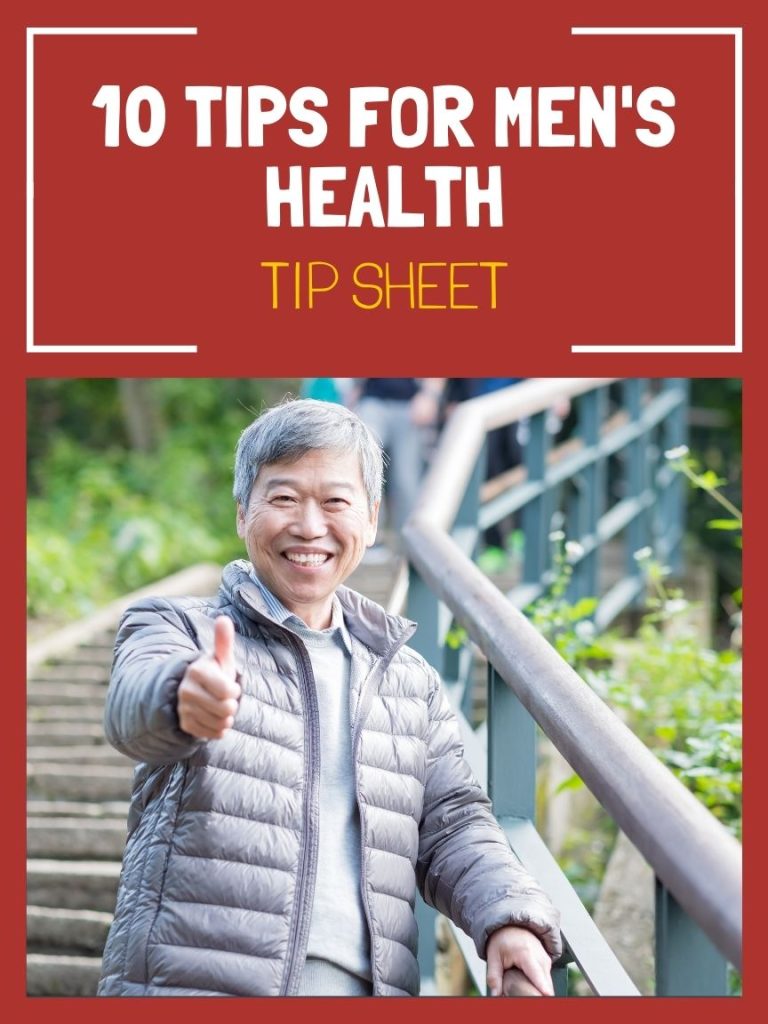
Follow along with SNAP-Ed Senior Nutritionist, Wanda, as she teaches you about “Energy Balance!” By the end of this lesson you should be able to explain how “energy balance” relates to the food you eat and the activities you do! Follow along with Wanda and practice doing the right number of activities for “Go,” “Slow,” and “Whoa” foods.
Think of energy balance like a seesaw. If you sit on one end of a seesaw, the other end goes up. But if someone who weighs the same amount as you sits on the other end, the seesaw is even. In this example, the seesaw is balanced. You want to do the same with the foods you eat and the activities you do. They should even each other out so your energy seesaw is evenly balanced.
Go, Slow, and Whoa Foods
MyPlate foods can be broken down into “Go,” “Slow,” and “Whoa” foods.
“Go” foods have the right amount of energy for us to maintain energy balance. They are fresh, they have no solid fat, salt, or added sugar.
“Slow” foods have a small amount of solid fat, salt, and added sugar, but they’re still okay to have.
“Whoa” foods have a lot more energy, which can throw our bodies out of balance. They are the most processed and have a lot of solid fat, salt, and added sugar.
The food we eat gives us energy to move and play. The healthiest plate is MyPlate–half a plate of fruits and vegetables, whole grains, lean protein, and low-fat dairy give us the right amount of energy for everyday moving and playing.
Go Activities
“Go” activities get your heart rate up and make you breathe harder, feel warmer, and sweat. These include things like running, jumping jacks, swimming, and more. These activities help you stay in energy balance because they burn the energy you get from food.
Remember, the food you eat gives you energy and you burn that energy through the activities you do. Energy balance is when the energy from foods equals the energy burned in activities.
If you eat more or less food than the activities you do, you may gain or lose weight because of energy imbalance.
In accordance with federal civil rights law and U.S. Department of Agriculture (USDA) civil rights regulations and policies, this institution is prohibited from discriminating on the basis of race, color, national origin, sex (including gender identity and sexual orientation), religious creed, disability, age, political beliefs, or reprisal or retaliation for prior civil rights activity.
Program information may be made available in languages other than English. Persons with disabilities who require alternative means of communication to obtain program information (e.g., Braille, large print, audiotape, American Sign Language), should contact the agency (state or local) where they applied for benefits. Individuals who are deaf, hard of hearing or have speech disabilities may contact USDA through the Federal Relay Service at (800) 877-8339.
To file a program discrimination complaint, a Complainant should complete a Form AD-3027, USDA Program Discrimination Complaint Form which can be obtained online at: https://www.usda.gov/sites/default/files/documents/USDA-OASCR%20P-Complaint-Form-0508-0002-508-11-28-17Fax2Mail.pdf, from any USDA office, by calling (833) 620-1071, or by writing a letter addressed to USDA. The letter must contain the complainant’s name, address, telephone number, and a written description of the alleged discriminatory action in sufficient detail to inform the Assistant Secretary for Civil Rights (ASCR) about the nature and date of an alleged civil rights violation. The completed AD-3027 form or letter must be submitted to:
Mail:
Food and Nutrition Service, USDA
1320 Braddock Place, Room 334
Alexandria, VA 22314; or
Fax:
(833) 256-1665 or (202) 690-7442; or
Email:
FNSCIVILRIGHTSCOMPLAINTS@usda.gov
This institution is an equal opportunity provider.
Copyright © 2024 SNAP-Ed NY